On the 24th of April, 1990, Space Shuttle Discovery launched the Hubble telescope into orbit. This was an exciting time for space exploration as Hubble promised to produce mind boggling images that would show us an early view of our universe as it was forming. Nothing as adcanced as Hubble had ever been launched into space, but it didn’t all go to plan. As soon as Hubble came online, scientists noticed a serious problem with its mirror.
Although this was the most precisely cut mirror ever made, a slight defect of just 2,000 nanometers meant that Hubble failed to produce sharp images. This was a devastating blow to the engineers and scientists that had been waiting to see Hubble do its thing. It took 3 years, but scientists managed to produce a fix for the mirror and Hubble began scanning the universe for its secrets. Since then, Hubble has operated for nearly 30 years and captured the most stunning images of distant stars and galaxies.
Hubble’s life expectancy
But like everything, Hubble has its limits and the world’s most famous telescope will eventually come to an end in the not-too-distant future. How long does it have left and why has it reached a limit in terms of what it can observe? Let’s dive deeper.

Throughout its lifetime, Hubble has taken millions of amazing pictures. It’s able to observe other parts of the electromagnetic spectrum that an ordinary telescope couldn’t see, and since it’s outside of Earth’s atmosphere, it has an unobstructed view of the universe allowing it to capture objects that are dimmer and much more distant than a ground-based telescope ever could. Despite this, Hubble’s best images have come and gone, and the limitations of physics will likely stop it from seeing anything dimmer or further than it already has.
Hubble’s image resolution
In order to observe the furthest and dimmest objects in the universe, you need a telescope with an extremely high resolution and the ability to capture as much light as possible. The resolution of a telescope is limited to the number of wavelengths it can fit across its mirror, and the angular resolution of a telescope measures its ability to identify two separate objects that have a short angular distance when observed by a telescope. This is given by 1.22 multiplied by the wavelength of the light over the diameter of the mirror.
When observing visible light of about 500nm, Hubble has an angular resolution of about 0.05 arcseconds. This beats the human eye’s resolution by a factor of 1000. For even shorter wavelengths like ultraviolet, the resolution gets even better and Hubble can achieve an angular resolution as low as 0.01 arcseconds.
Hubble is also limited by the types of wavelengths it can observe. Stars emit a wide range of light, and although Hubble can observe a wide range of wavelengths, it can’t observe anything greater than near infrared. This limits its ability to look back in time to distant objects. This is why James Webb was designed to primarily observe objects in the infrarer range, allowing it so see what Hubble couldn’t see.
As the universe expands, the fabric of space expands with it. When light travels through the universe, its wavelength is stretched with the expansion of space. This means that by the time the light arrives at Hubble, the wavelength of the light is longer than when it left the object – this is known as red shifting. As the distance to an object increases, the longer its light will spend travelling through space and the more red-shifted it will get.
If the light is redshifted too much, it could be stretched to a wavelength outside of Hubble’s viewing range. This means there is a limit to how far Hubble can see. The light from the more distant objects will be redshifted too much once it reaches Hubble’s mirror.
Most distant galaxy GN-Z11
One of the main goals of the Hubble telescope was to find the most distant Galaxy in the known universe. It achieved this in 2016 when it discovered Galaxy GN-Z11. This galaxy is located 32 billion light-years away and the light we see from it shows the Galaxy as it was 13.4 billion years ago, just 400 million years after the Big Bang. This may seem impossible. The question you might ask is “how can it be 32 billion light-years away if the light we are seeing is only 13.4 billion years old”. The thing is, the light we are seeing is when the object was only 13.4 billion light years away. But due to space expanding in that 13.4 billion years, the galaxy is now much further away.

This Galaxy is at the very limit of how far into the past Hubble can see, and it was discovered due to some incredible circumstances.
The Galaxy just so happens to be in an area of the universe where there is very little neutral gas between it and Hubble. This gave the telescope a clear view to observe the Galaxy. The light coming from the Galaxy passed by another nearby Galaxy which caused it to be gravitationally lensed. This happens when the light from an object is bent by the gravitational pull of another object; light that would otherwise miss the observer is bent in a away which directs it towards the observer. This caused the light from Galaxy GN-Z11 to be magnified just enough for Hubble to observe it.
So far, Hubble has been capturing these stunning images for 29 years and due to it’s design, Hubble was also capable of being serviced in orbit. Without this capability, the Hubble telescope would have never gotten over it’s initial mirror problem – and the years of incredible astronomy pictures would never have existed. Over the years, the Space Shuttle crew visited Hubble on 5 separate missions to fix and replace faulty components. However, since the Shuttle program ended in 2011, we no longer have the ability to maintain the telescope, which is starting to take its toll.

Hubble has 6 gyros onboard which it uses to maneuver and point its telescope precisely towards its target. In the last 5 years, 3 of these gyros have failed. Without the Space Shuttle, there is absolutely no way these components could be replaced.

Even if Hubble continues to function over the next decade, its orbit is constantly decaying and in the 2030’s Hubble will crash into the atmosphere and burn up before reaching the ground. By the time this happens, the next generation of space telescopes will be in orbit, producing even more stunning images of our universe. But Hubble’s groundbreaking images will never be forgotten.
So although Hubble will be decades old before it retires, it’s existence will be a mere flash compared to the age of the objects it managed to capture. Nevertheless, the incredible engineering and science behind this telescope helped us take an enormous step forward in our understanding of the universe.

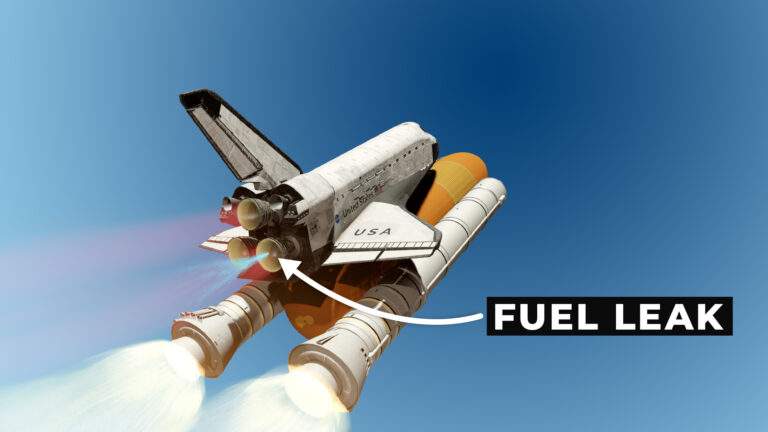
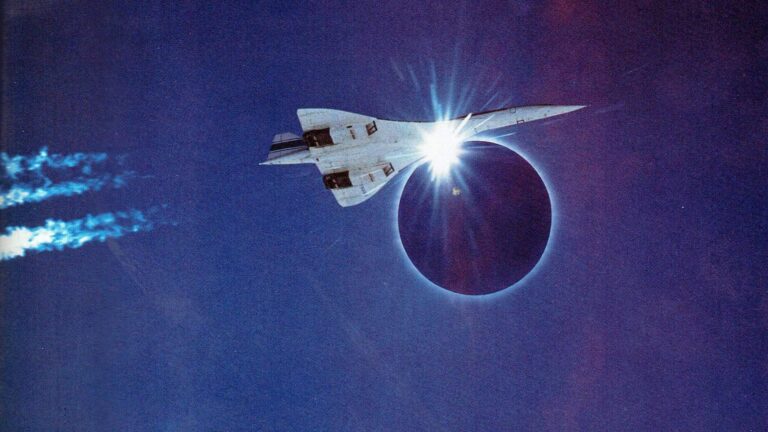
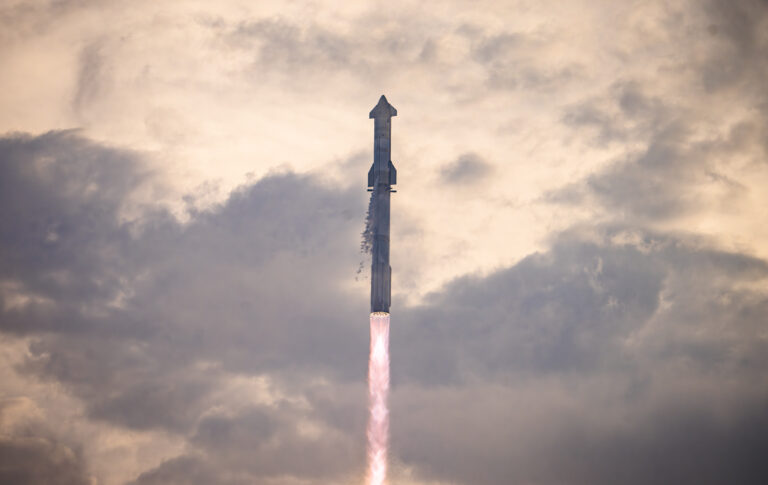
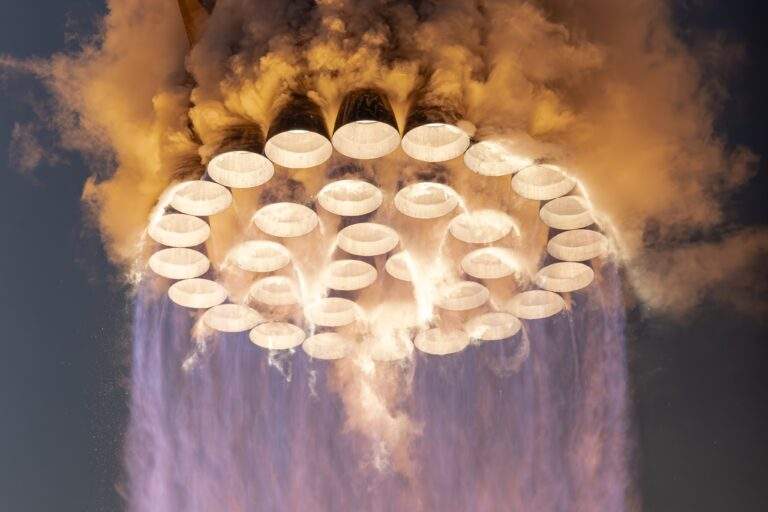

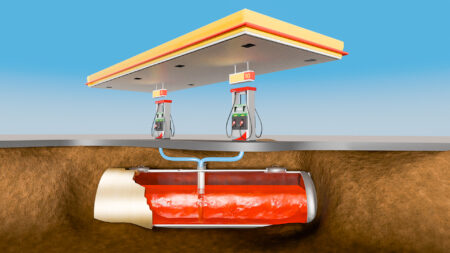

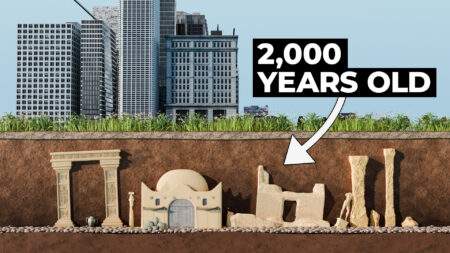
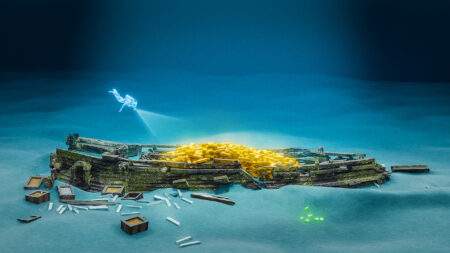
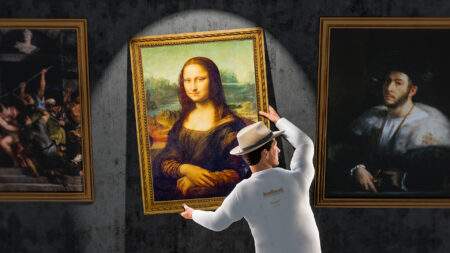

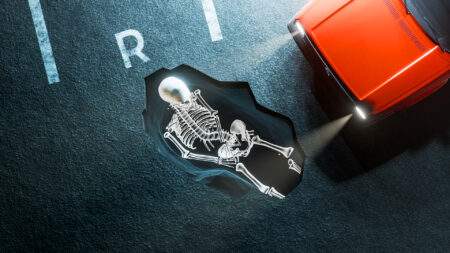
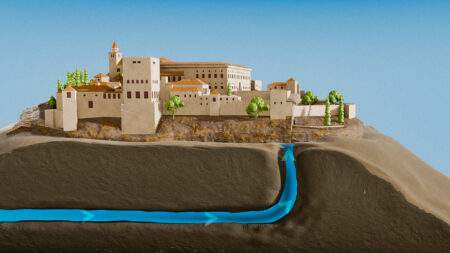
Can you be more specific about the content of your article? After reading it, I still have some doubts. Hope you can help me. https://accounts.binance.com/ar/register?ref=V2H9AFPY
Your point of view caught my eye and was very interesting. Thanks. I have a question for you.
Your point of view caught my eye and was very interesting. Thanks. I have a question for you.